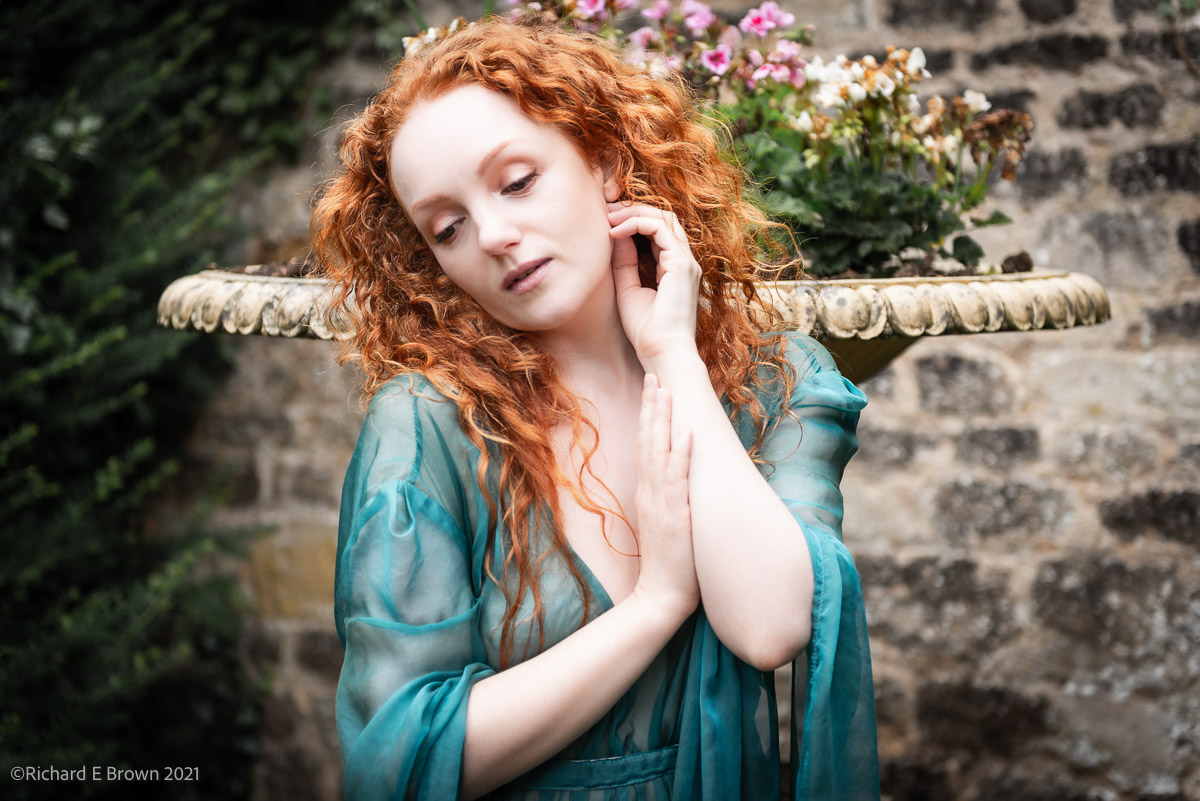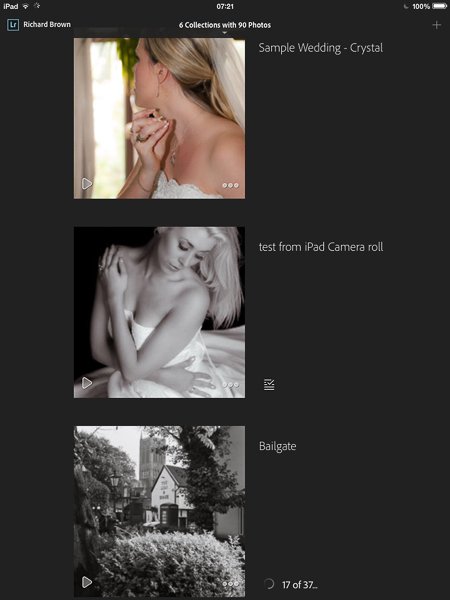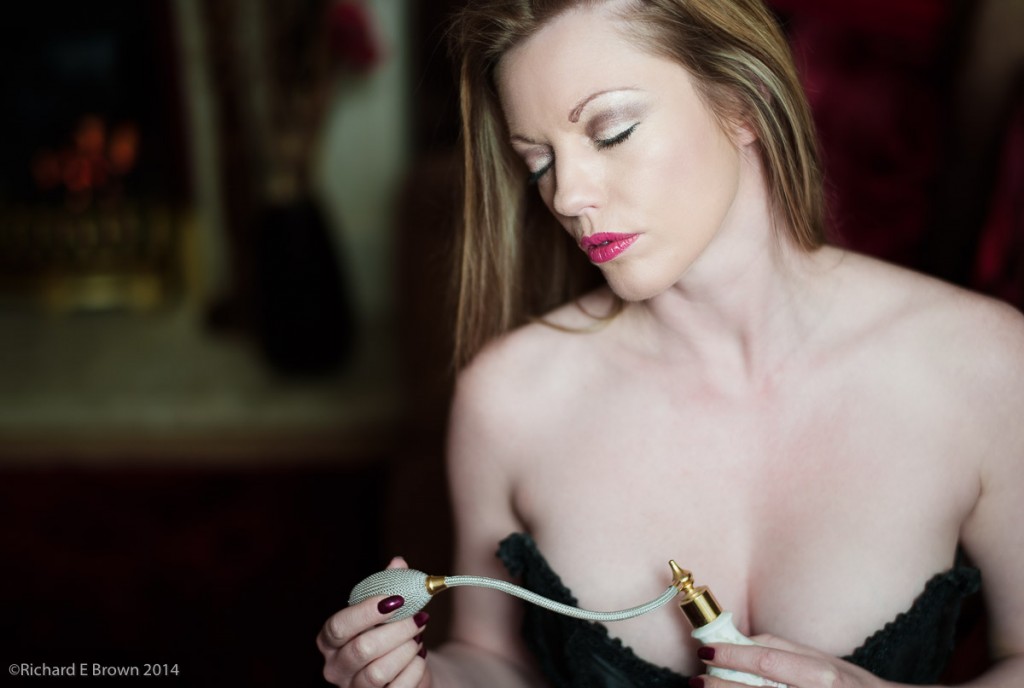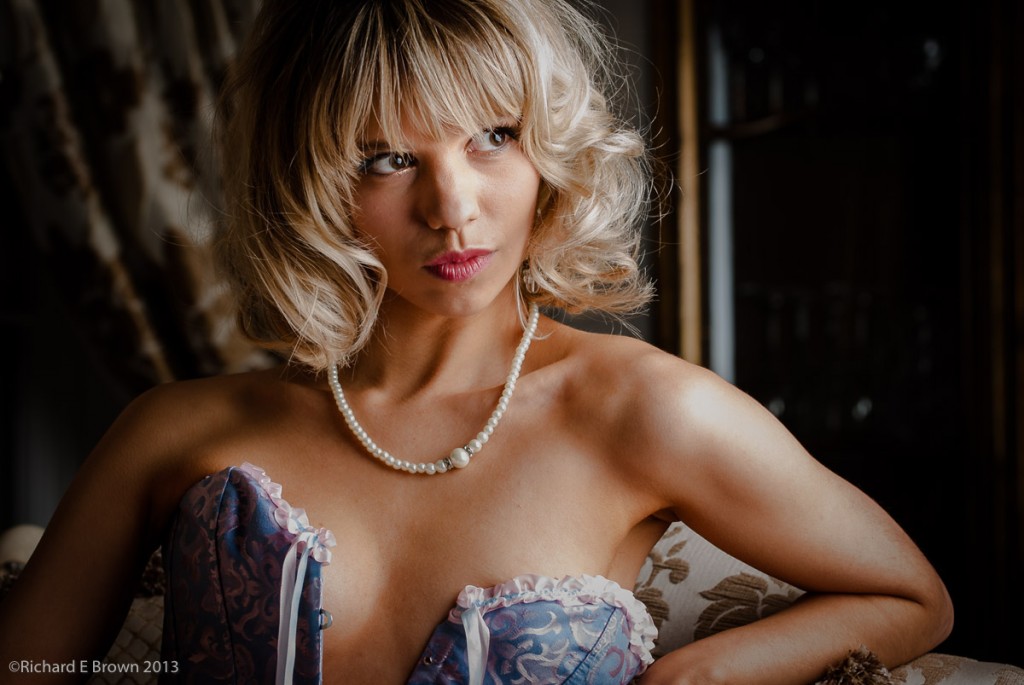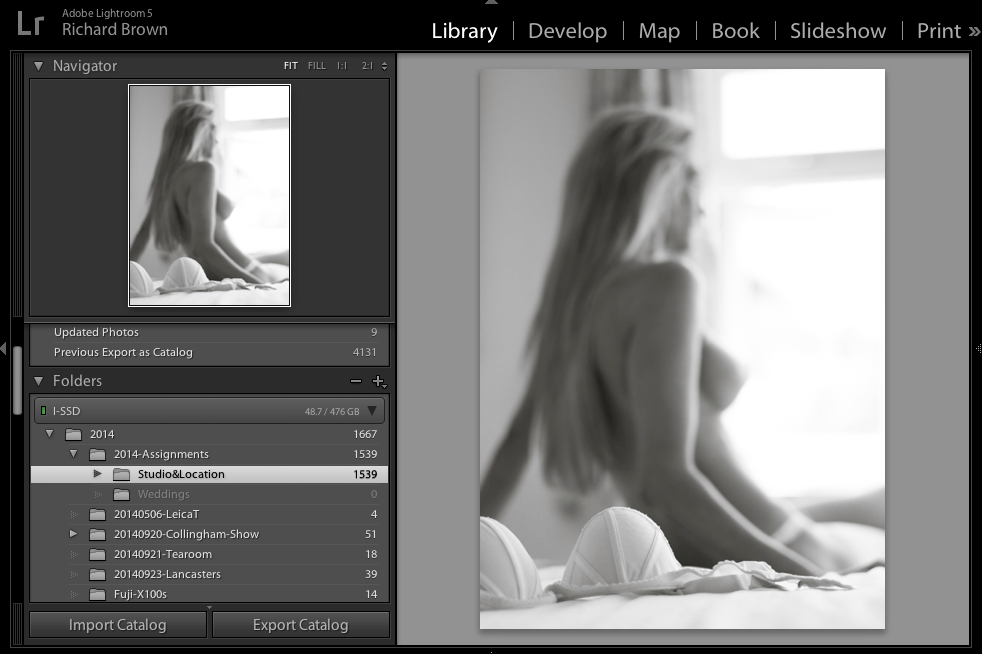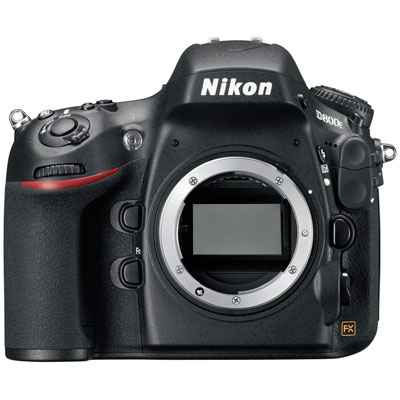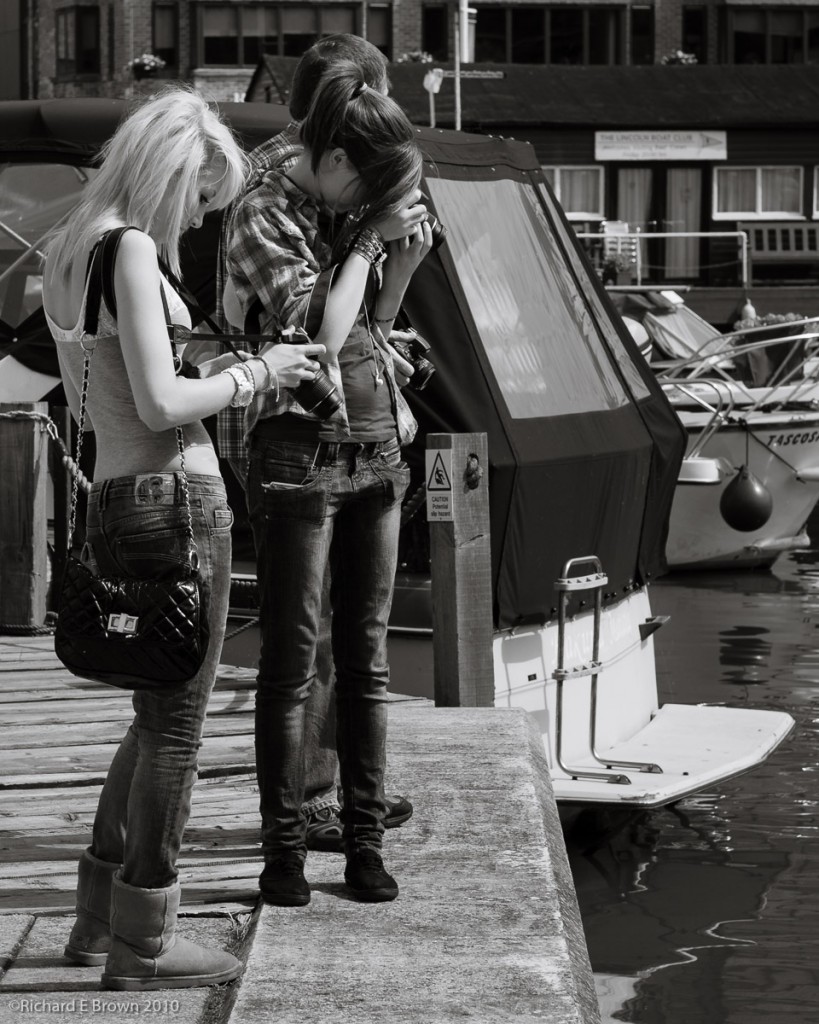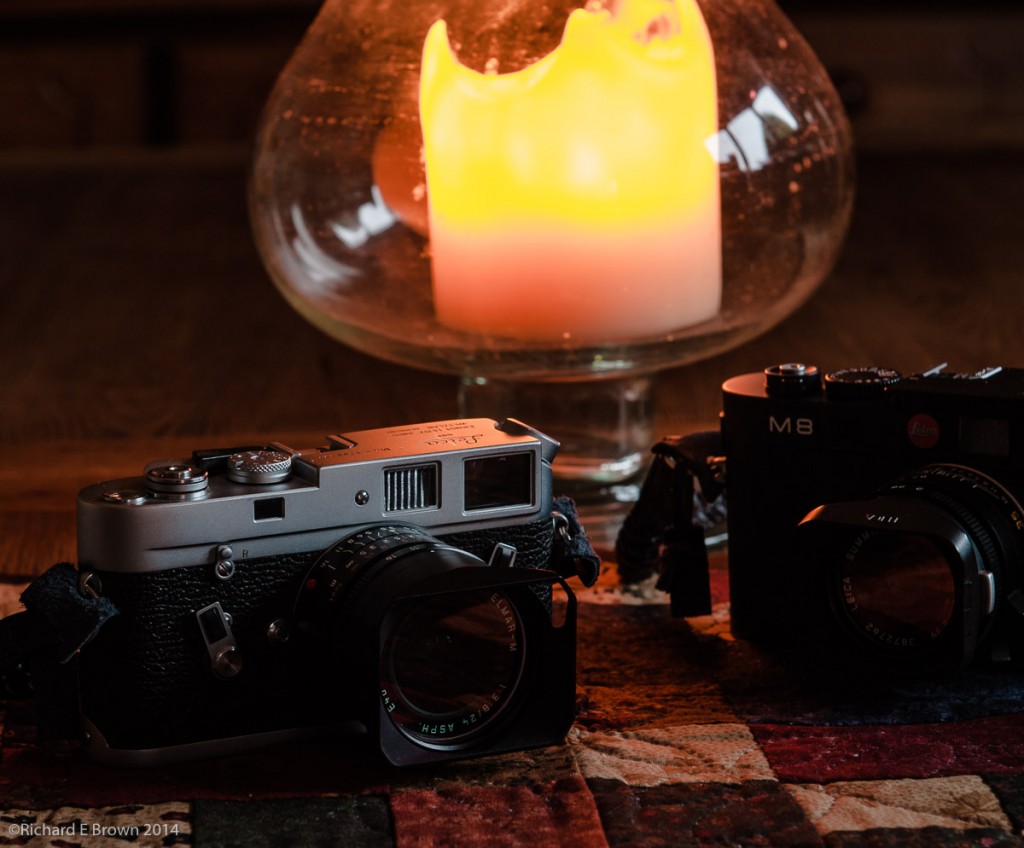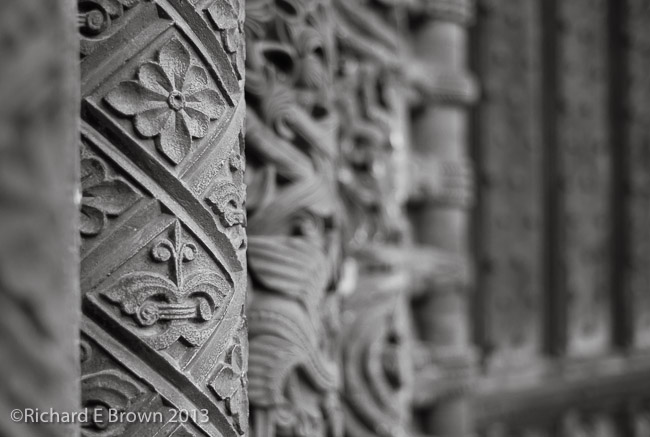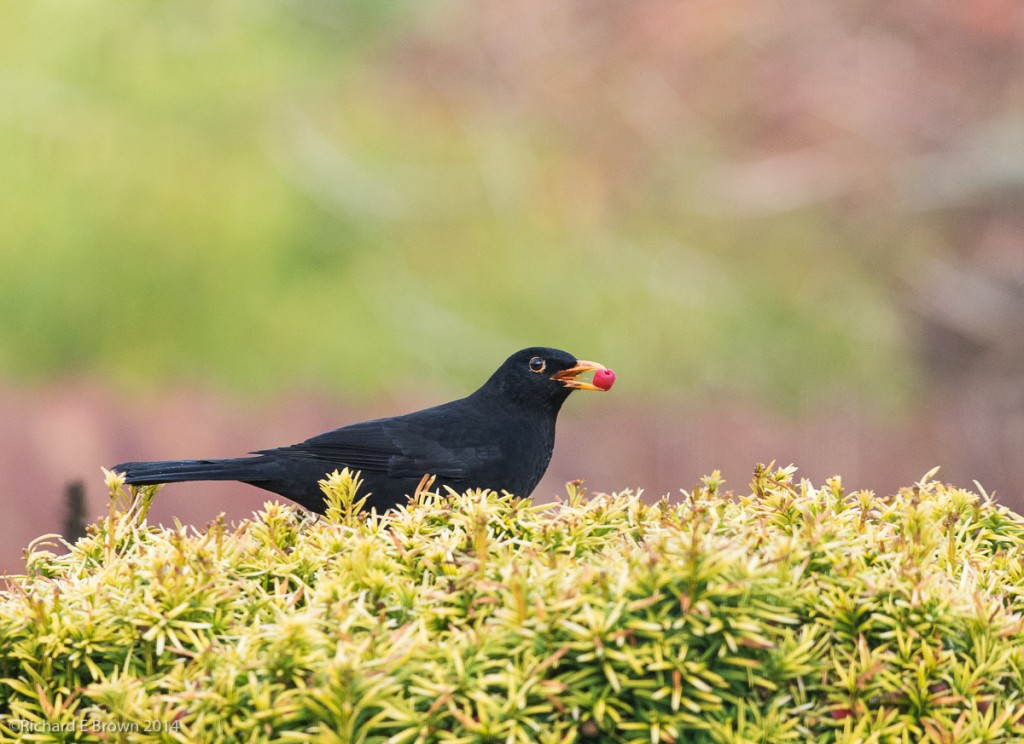 If you have ever used a camera like my old Nikon FM2, then setup consisted of keeping it clean. Having a film loaded. Oh and remembering to set the ISO.
If you have ever used a camera like my old Nikon FM2, then setup consisted of keeping it clean. Having a film loaded. Oh and remembering to set the ISO.
After that it was set aperture and shutter speed and press the shutter to take a picture.
Today with the myriad of menu settings in modern SLR’s it can seem complicated in the extreme.
Most cameras now how memory banks and ‘my menu’ settings or ease your way into finding your favourite settings quickly.
Well first a quick dig at Nikon. The memory banks on the D200 cannot be saved so if you are in bank A and have auto ISO switched on, then you decide to switch it off your bank A it will remember the new setting. No! Nikon this is not how we want it to work. If while working I change settings I want to be able to recall my original memory bank A settings. Not have it constantly update.
I had hoped by the D800 this would have been fixed but no.
So what settings do I use?
Nikon divides it memory banks into shooting and custom banks. So you have to remember to change things in two places! Not being a Canon shooter I can comment if theirs is any better or worse, but Leica not known for their abilities on the electronic’s and software did manage to get it right from the orginal M8 onwards. Come on guys if Leica with their limited experience can get it right you should.
Lets start at the top with my four shooting banks, these are labeled:
ISO-M
ISO-A 1/800
ISO-A BKUP
CSB
First of all the four banks are about the same except for what is noted on the label comments.
The first ISO-M, is my general shooting bank with manual ISO set.
The next is for wildlife or sports. It’s configured to use auto ISO but not let the shutter speed drop below 1/800 of a second.
The third gives auto ISO and allows shutter speed to drop to x2 1/focal length, but also shoots raw and JPEG. This is set to put a copy of each raw and jpg each card. The D800 has two card slots. I normally I set the second card to overflow but for this bank is set to backup. With this bank setting I often switch between auto ISO and manual and it’s the mode for important shoots. Generally photographing models and weddings which is why this bank puts a RAW file on each card for backup.
The last is a bank configured to the way my wife likes her camera setup for when she borrows mine.
For the Custom memory my settings are:
AF Normal
AF Short
AF Illumination
CSB Shutter AF
AF Short is the focus time out, basically how long the camera waits before trying to re-acquire focus again. Useful for bird photography when set to short.
AF Illumination is helpful in a dark studio. Apart from then I do not want my camera make extra noise or shining lights at people to assist focus.
Lastly CSB Shutter. I have the shutter button set not to activate focus for my three modes while my wife prefers to have the shutter set to focus and manual ISO only so this one is for her again.
The new ‘My Menu’ option allows quick access to what you need. What’s even better is that you can configure one of your buttons to take you to the top item in the menu.
I don’t have this on my D200 only my D800 so I am still deciding on what to have in here but so far these are what I have added.
Auto IOS
Exposure delay
Self timer
High ISO nr
Long exposure NR
Choose Image area
I have only had this camera for a week and these settings have changed somewhat over that week with testing, and I am sure they will continue to develop.
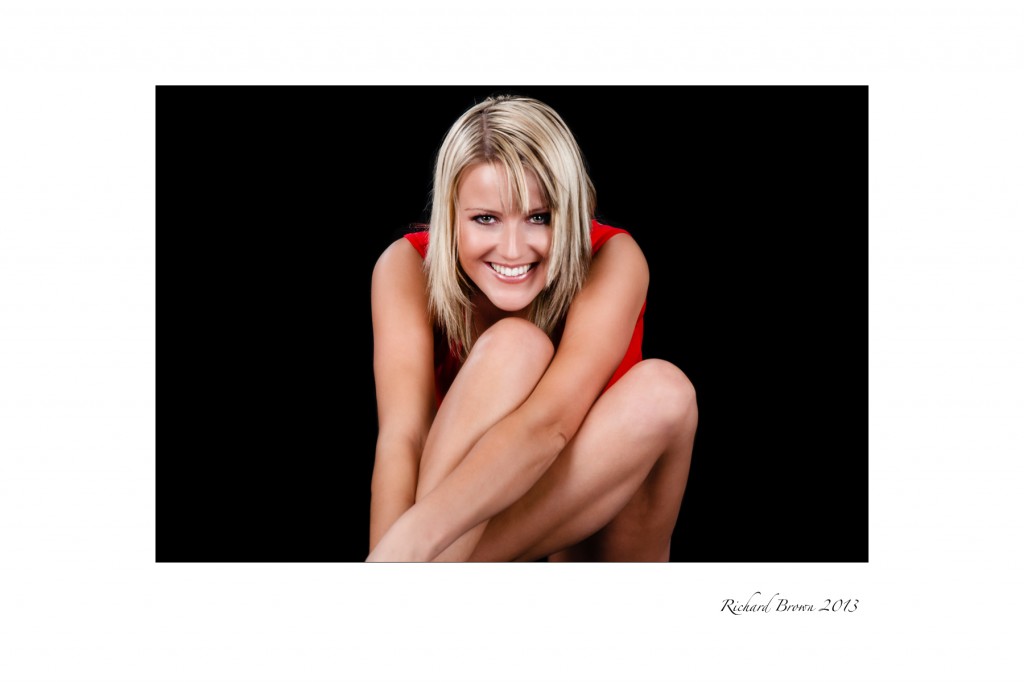
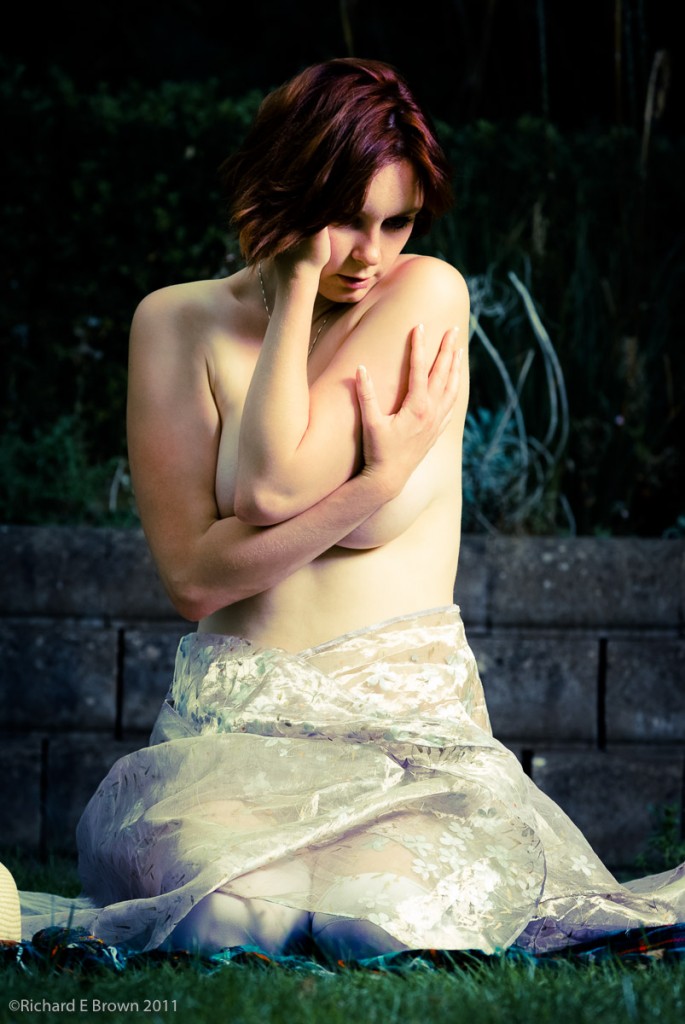 Once again the shot above is an interesting mix of daylight and flash. The daylight is deliberately underexposed with most of the light coming from a single Elinchrom flash head shooting into a brolly. The most challenging aspect of the shot once I had balanced the daylight and flash was the wind, it was after this shoot I purchased two heavy C-Stands.
Once again the shot above is an interesting mix of daylight and flash. The daylight is deliberately underexposed with most of the light coming from a single Elinchrom flash head shooting into a brolly. The most challenging aspect of the shot once I had balanced the daylight and flash was the wind, it was after this shoot I purchased two heavy C-Stands.